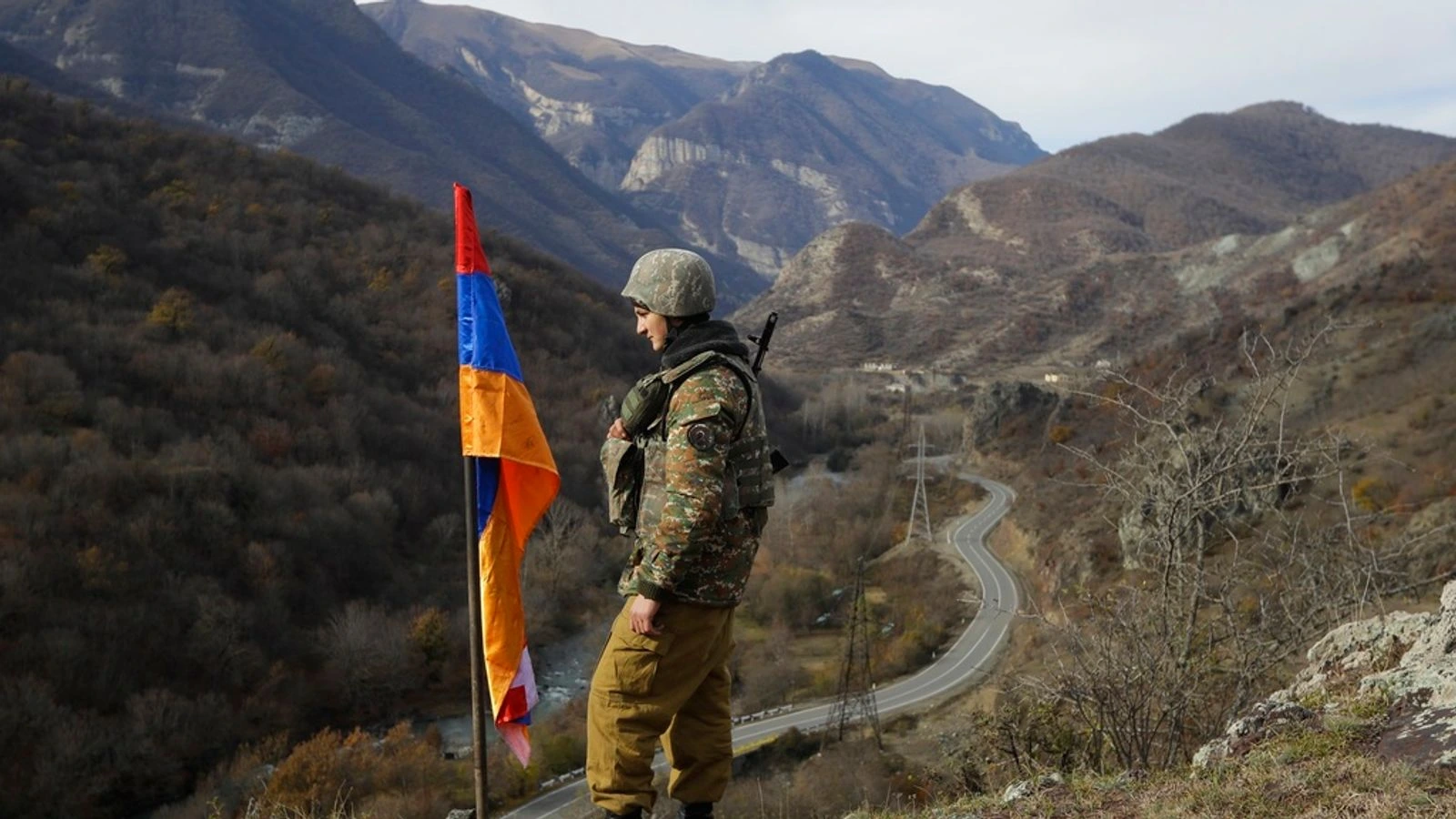Following Azerbaijan’s military actions in Nagorno-Karabakh, Yerevan reports that 13,000 people have sought refuge in Armenia.
Additionally, a fuel depot explosion claimed 20 lives and injured 280 people. Local authorities are calling for international aid.
So far, 20 fatalities are confirmed and 13 remain unidentified. Meanwhile, cars line up at the Lachin corridor, the only exit route to Armenia.
Despite these grim circumstances, Azerbaijan’s President, Ilham Aliyev, assures the safety of Armenians who stay.
Aliyev reiterated this in talks with Turkey’s President, Recep Tayyip Erdogan.
Both Armenia and Azerbaijan have clashed twice over the territory in the past 30 years. The recent conflict claimed about 200 lives, say local sources.
The European Union plans to talk with representatives from both sides soon.
Furthermore, a meeting in Spain on October 5 will include officials from Germany and France.

Gridlock prevails on the main road to Stepanakert, the region’s central city. Aliyev promises a safe exit for those surrendering arms.
Before the military operation, 120,000 people lived in the area. Now, the city of Goris in Armenia sees a steady influx of vehicles and people.
Armenia prepares to welcome up to 40,000 refugees. Russia, previously supportive in the conflict, rejects Armenia’s claims of inadequate help.
Background Nagorno-Karabakh
The Nagorno-Karabakh region has long been a source of tension. Initially, the Soviet Union placed it under Azerbaijani control, despite its majority Armenian population.
The first major conflict between Armenia and Azerbaijan took place from 1988 to 1994. Another erupted in 2020, both aiming to control the disputed territory.
International efforts to resolve the situation have mostly failed. Even peacekeeping missions struggle to maintain stability.
Now, the influx of refugees adds another layer to the ongoing crisis. With mounting regional and international attention, a sustainable solution seems more crucial than ever.

